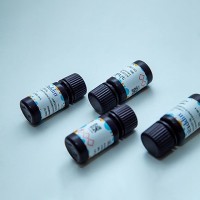Nonprimate Animal Models of H. pylori Infection
互联网
761
Ever since the realization that Helicobacter pylori was intimately associated with the development of gastritis and peptic ulcer disease in humans, there has been a need for a simple animal model in which modes of pathogenicity, transmission, immunization, and chemotherapeutic intervention can be evaluated. Whereas small animals such as mice and rats are particularly well suited as experimental hosts for many infections, early studies suggested that H. pylori had a very narrow host range that did not extend to these species. Although many attempts to infect small laboratory animals with H. pylori were apparently made, these proved generally unsuccessful (1 ,2 ) and the view became established rapidly that “H. pylori will not colonize many of the usual laboratory animal species, including conventionally reared rats, mice, rabbits, guinea pigs, specific-pathogen-free pigs, colostrum-deprived piglets, and gnotobiotic rats and mice” (3 ). An apparent exception was the claim that H. pylori would colonize. Mongolian gerbils particularly after gastric lesions were produced by indomethacin (4 ); however, this work has never been substantiated nor followed up. Instead, most attention was paid subsequently to the use of naturally occurring Helicobacter mustelae infections of ferrets (5 ,6 ), experimental challenge with H. pylori in gnotobiotic piglets (7 ) and the important development of the Helicobacter felis model in mice and rats (8 ,9 ).








